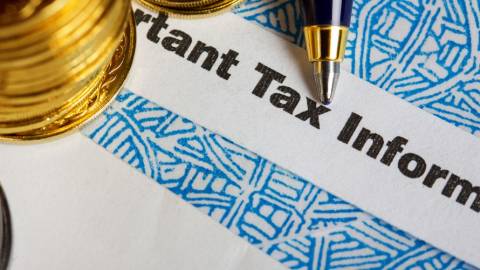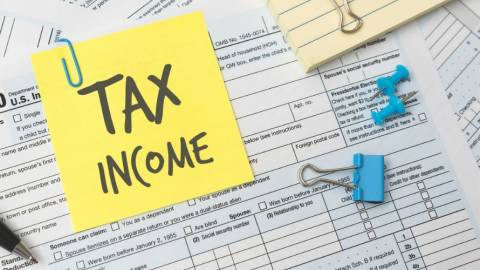5558 Extension Form

Before delving into the technicalities of IRS Form 5558, it's important to understand its origins. Initially introduced by the Internal Revenue Service (IRS) to assist taxpayers in adhering to strict deadlines, this document has evolved over time to keep pace with the ever-changing needs of individuals and businesses alike. With Form 5558, the IRS aims to streamline the process of requesting extensions for certain tax and information returns, ultimately helping taxpayers avoid hefty penalties for late submissions.
Key Changes to the 5558 Extension Form
The IRS has recognized the importance of adapting Form 5558 to better cater to the varying necessities of individuals and businesses. Consequently, it has introduced several key modifications over the years. Some of the most noteworthy adjustments include revising the eligibility criteria, updating information on how the extension form operates, and enhancing online filing options. Such improvements reflect the IRS's commitment to offering taxpayers an accessible and simplified means of requesting extra time to fulfill their tax obligations.
Who Can and Cannot Utilize Form 5558?
While Form 5558 can be a saving grace for many taxpayers, not everyone is eligible to use it. Generally, this form applies to certain types of returns and informational forms that require more time to file. For instance, if you are a plan administrator or sponsor that needs an extension to file Forms 5500, 5500-SF, or 5500-EZ; or an employer seeking additional time to file Form 8955-SSA, then Form 5558 is the right path for you.
That being said, it's crucial to note that Form 5558 is not applicable to every tax situation. As a rule of thumb, it does not grant extensions for filing income tax returns, such as Forms 1040 or 1120. Moreover, certain excise tax forms and employment tax returns are also exempt from this particular extension request process. To ensure that you're eligible for an extension, be sure to thoroughly consult the instructions provided by the IRS.
Benefits of Form 5558 Extension for the 2022-2023 Tax Season
Knowing when and how to file Form 5558 can be instrumental in capitalizing on its advantages. To make the most of this tax extension tool, consider the following suggestions:
- Understand the deadlines
Efforts to obtain an extension would be rendered futile if you're not aware of the original due dates for your tax and information returns. By outlining the deadlines, you can take appropriate steps to file Form 5558 on time and avoid unnecessary penalties. - Ensure accuracy
When completing the form, be meticulous about providing accurate information regarding the taxpayer, the type of return for which the extension is requested, and the signature of an authorized person. This will help minimize any chances of delays or rejections. - Consider e-filing
The IRS has developed a user-friendly platform that allows taxpayers to file Form 5558 electronically. By opting for the e-filing method, you can save time and ensure smoother processing of your extension request. - Keep a record of the submission
Retain a proof of your Form 5558 submission as evidence. Furthermore, always monitor the status of your extension request to stay informed about any potential issues or questions from the IRS.
IRS Form 5558 can go a long way in affording taxpayers the additional time they need to adequately prepare their tax and information returns. By understanding the eligibility requirements, being aware of key changes in the template, and employing practical strategies, you'll be well-equipped to navigate and optimize the benefits of Form 5558.
Latest News


